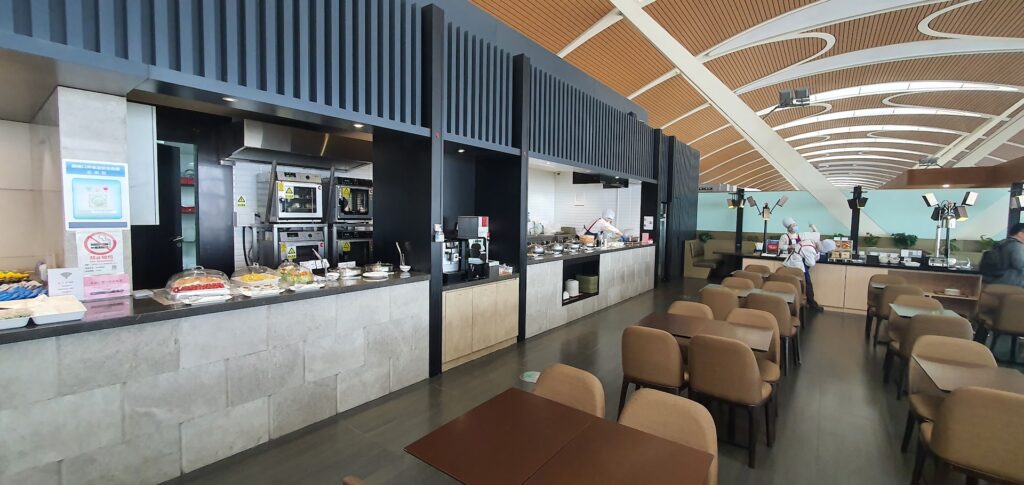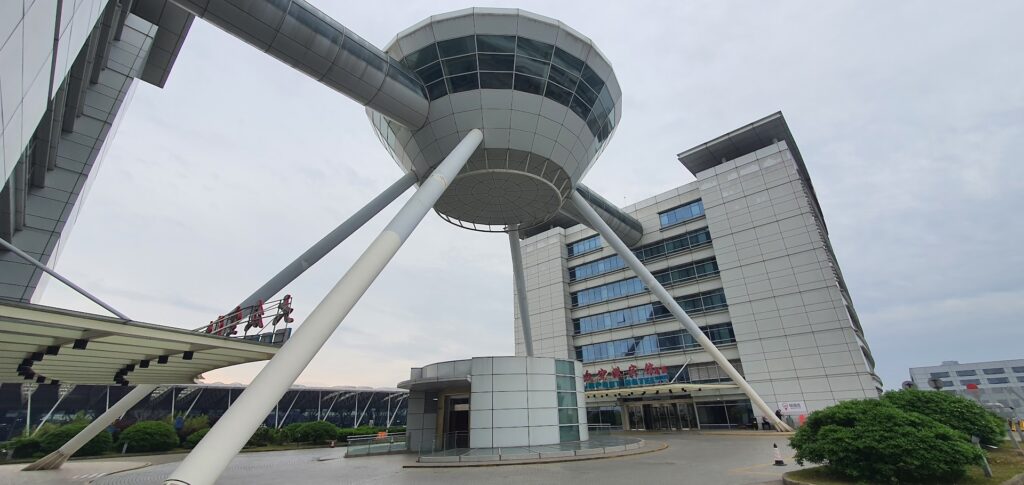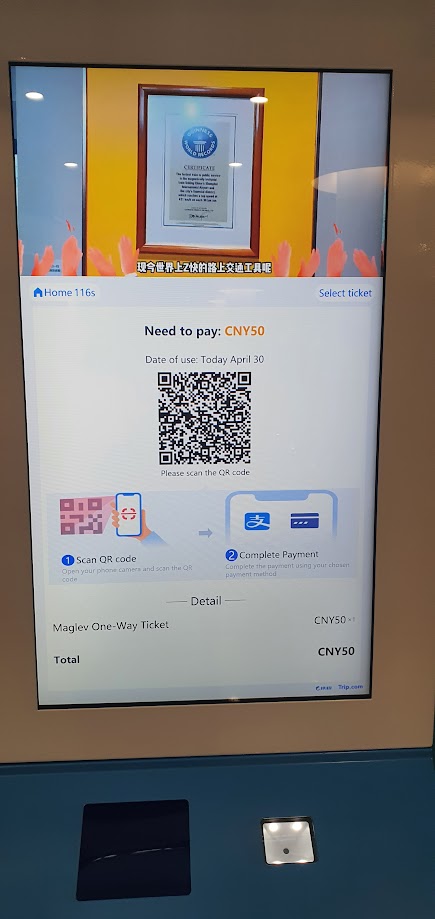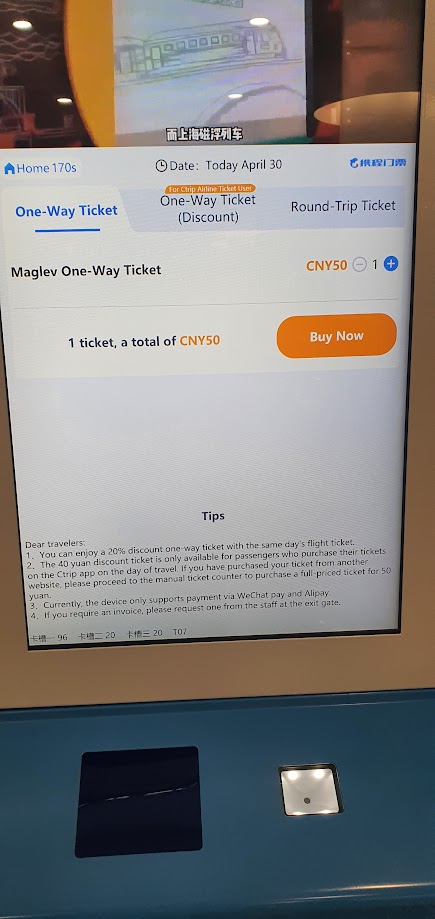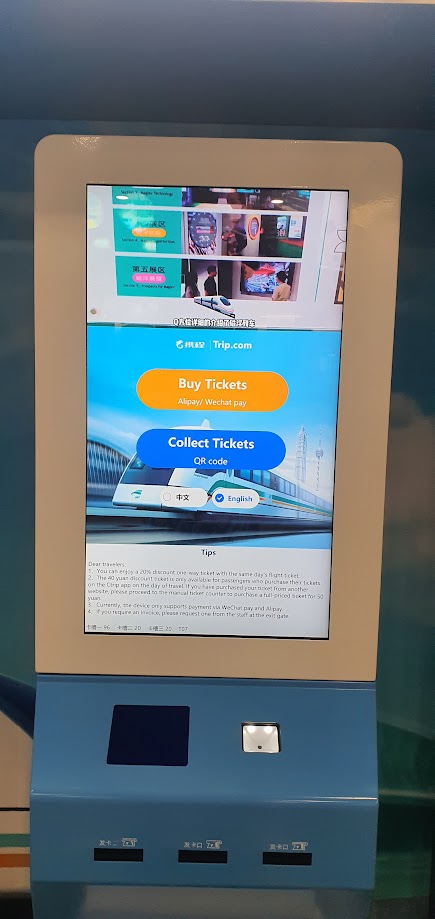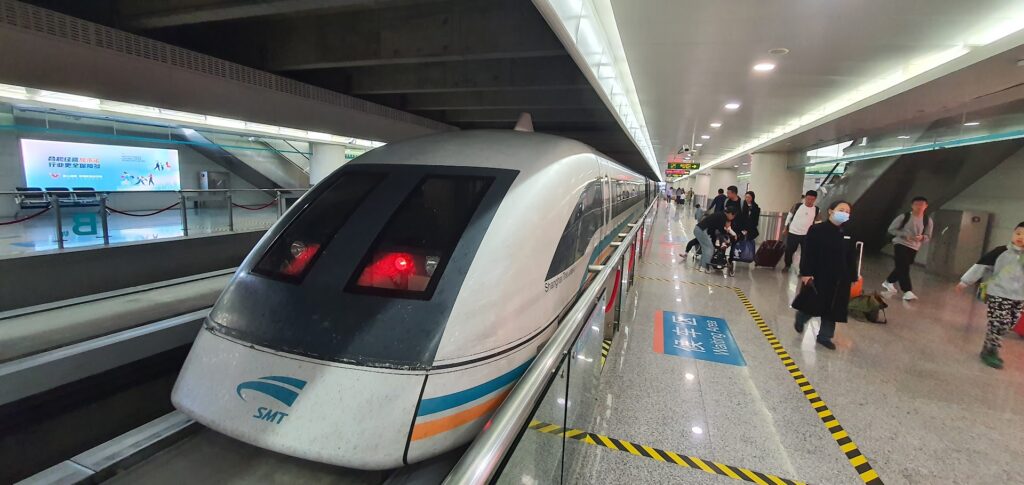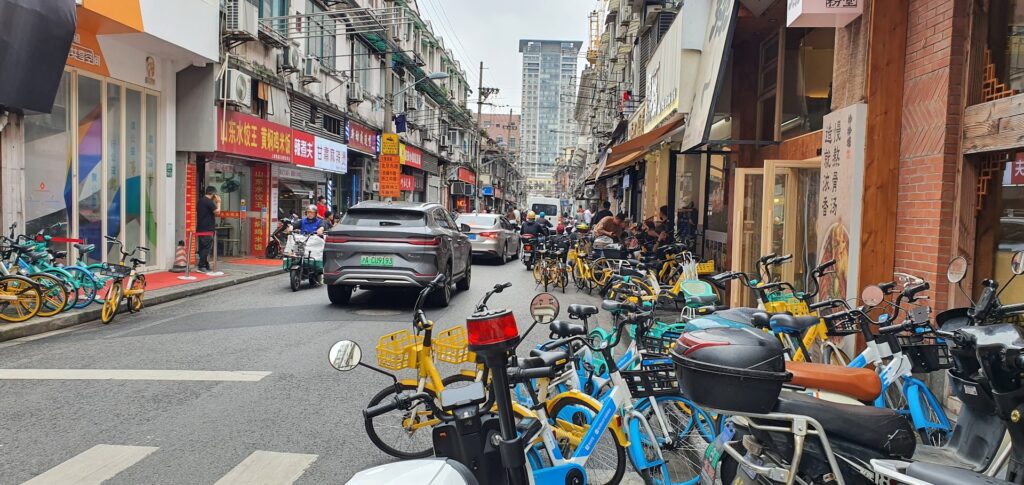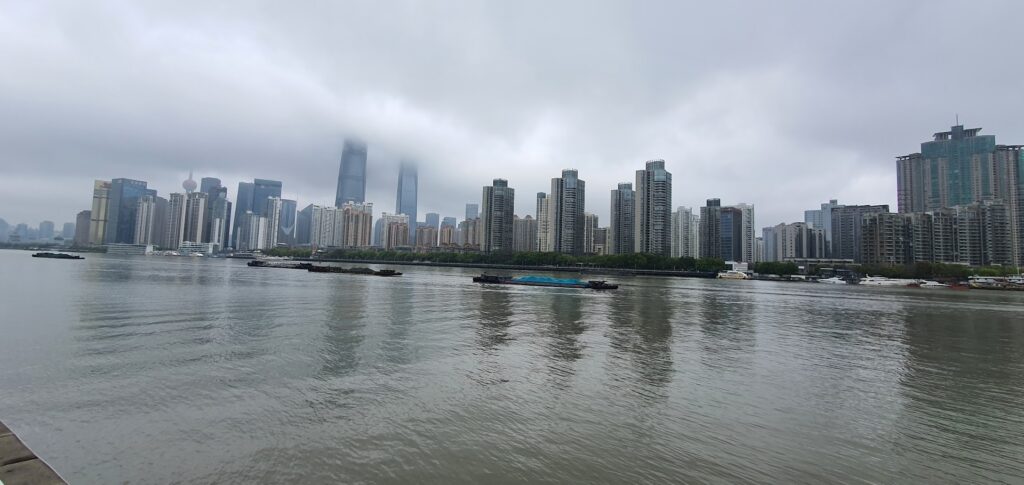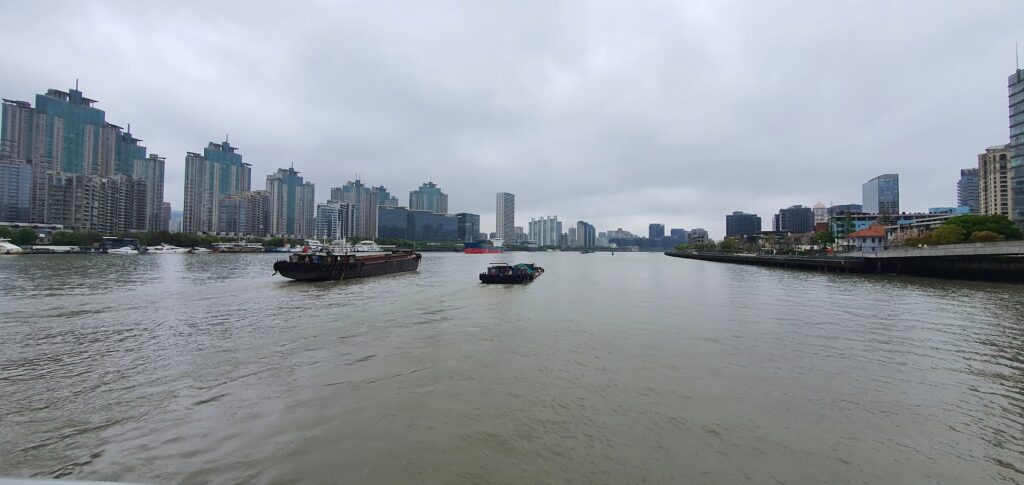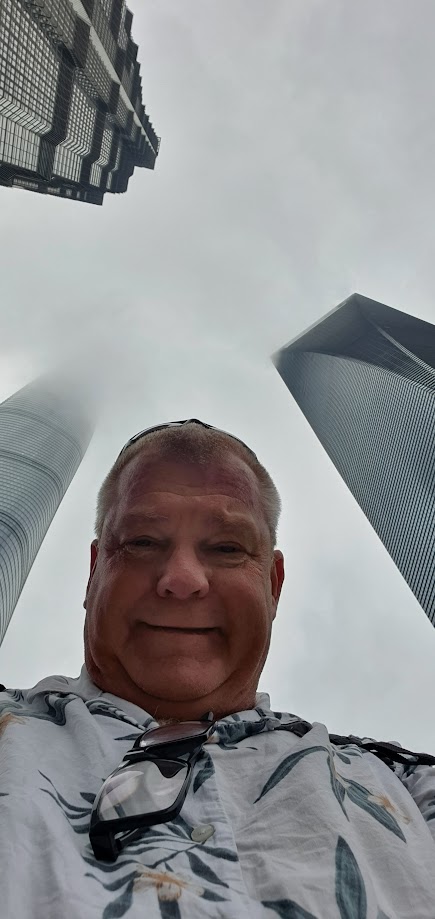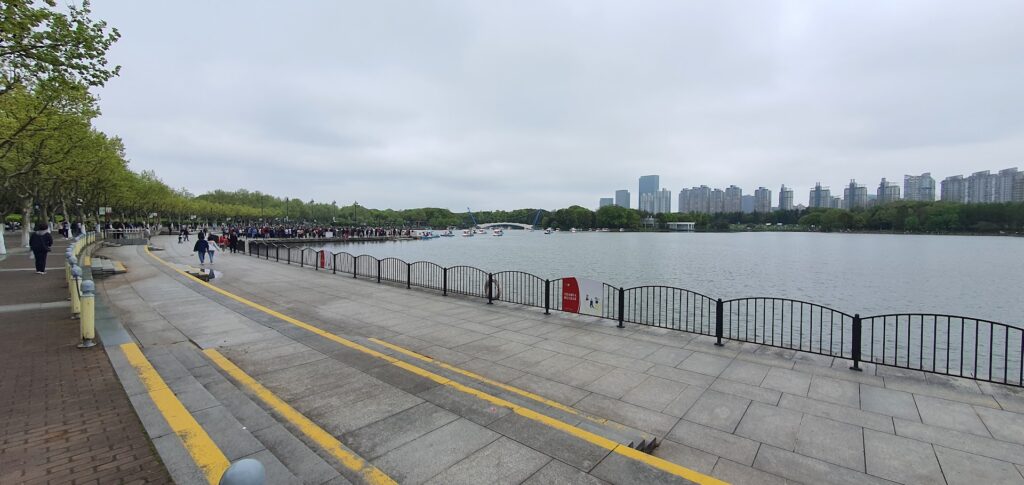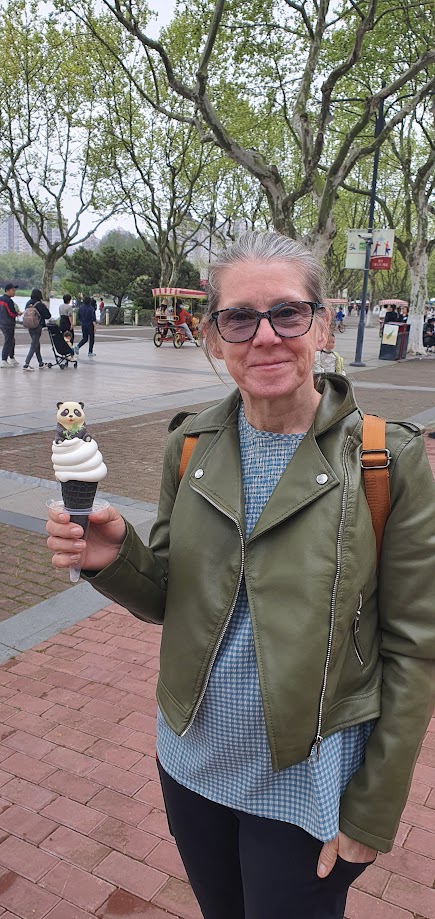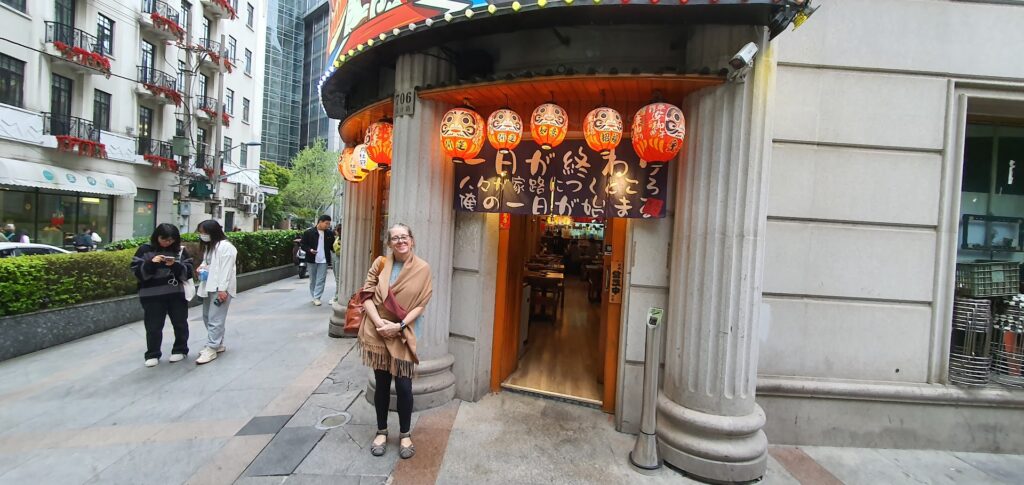







Arriving in Shanghai: A (Mostly) Smooth Landing!
So, I just landed in Shanghai, and let me tell you, the whole visa situation was a bit of a head-scratcher. Online information was all over the place, and getting a visa on arrival seemed more complex than it should be.
Here’s the thing: I had filled out the forms for a visa on arrival, but at the airport, they directed me to different desks for fingerprints. Then, the fingerprint system crashed, and guess who ended up at the back of a long queue? To top it all off, even though I already had pre-arranged visas (online!), they said they wouldn’t work and I needed a visa on arrival anyway.
But hey, after all the locals breezed through passport control, it was just us foreigners left. We waited for the final approval from a passport official, who came out one by one, stamped passports, and handed them back. It was a bit slower than the locals, but honestly, it wasn’t that bad. So, the good news is you can fly into Shanghai without a pre-arranged visa, as long as your stay falls within the designated period. However, you can’t leave that specific region of China.
Now, to avoid airport luggage chaos and the stress of getting the train, I booked a lovely retro hotel The Yangtze Boutique Shanghai in central Shanghai through Booking.com plus I also splurged on an airport transfer for around £20 (about $25 USD). It turned out to be a great choice! The driver met us with a sign, whisked us away in a clean electric car, and drove us straight to the hotel. Traffic got a bit heavy, but overall, it was a smooth and stress-free way to get to our accommodation. Definitely recommend Booking.com for airport transfers – although I’ll have to use them again to be sure they’re always this good.
Exploring Shanghai on Foot: A Great Way to See the City
The best way to experience Shanghai is to simply walk around. It’s the perfect way to get your bearings, discover hidden gems, and soak up the city’s vibrant atmosphere.
Our hotel was conveniently located near People’s Square and the bustling Nanjing Road shopping mall. We started our exploration by strolling up Nanjing Road towards the Bund, Shanghai’s iconic waterfront promenade. With its stunning river views, especially on sunny days, and constant stream of ships and boats, the Bund is a must-visit. The area is teeming with tourists, both Chinese and foreign, and offers a wide variety of shops, from international brands to local boutiques. You’ll also find plenty of delicious street food and snacks to satisfy your cravings.
One thing that immediately stands out in Shanghai is the strong police presence. The streets are incredibly clean and well-maintained, and you’ll feel safe and secure exploring the city. Knowing that there are plenty of police officers around, it’s reassuring to think that any potential threats would be quickly dealt with.
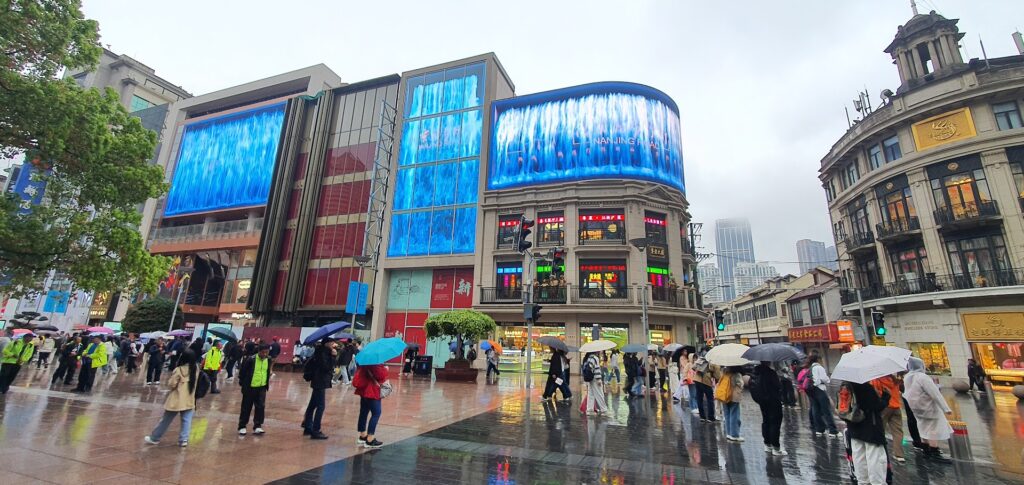
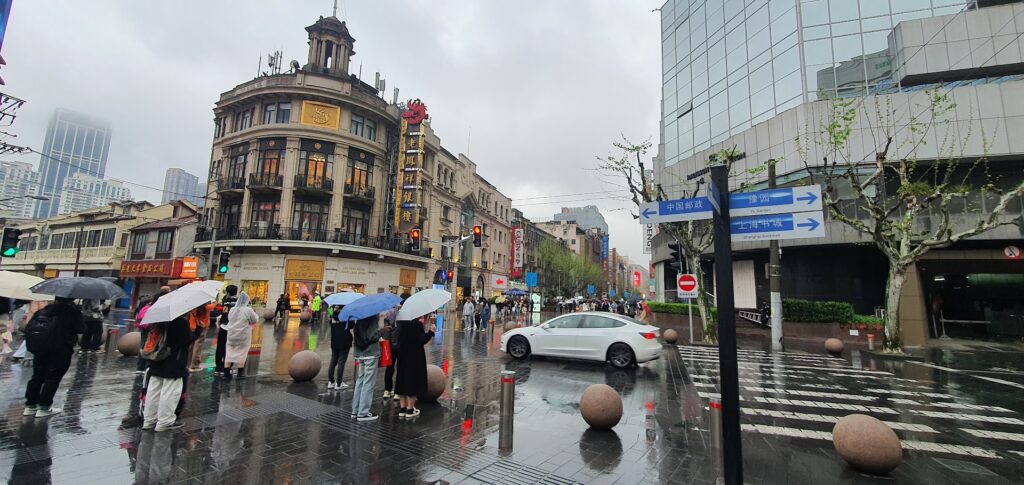
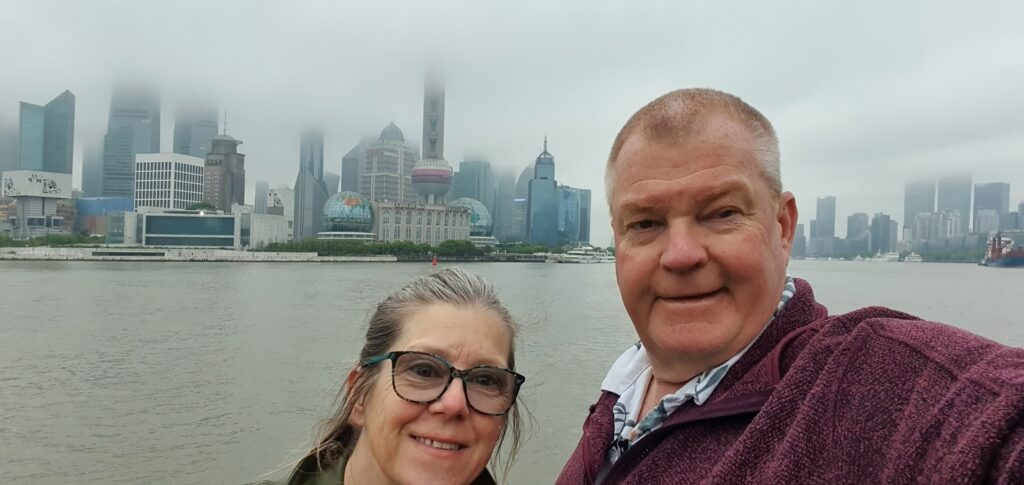
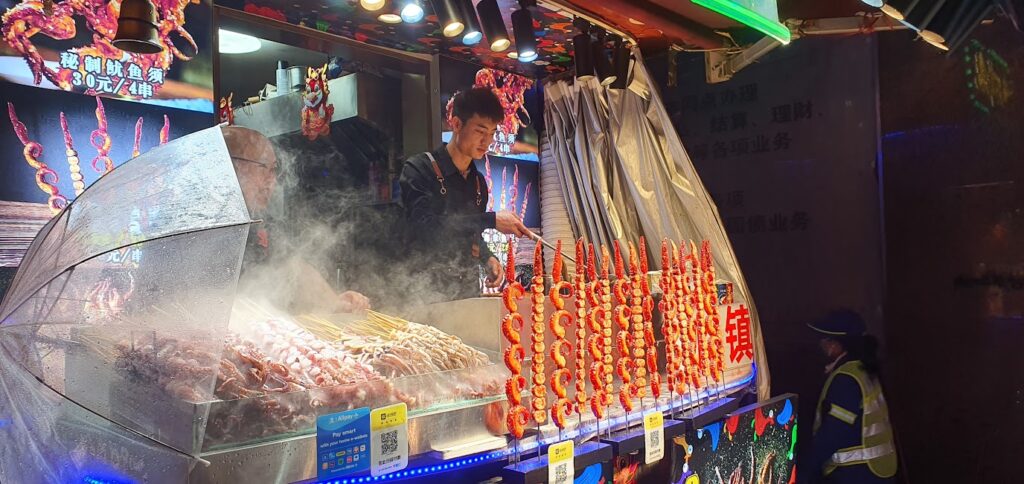
Conquering Shanghai’s Metro and Yu Gardens: A Tourist’s Guide
Our first night in Shanghai was a relaxing one, with an early bedtime to prepare for our adventures. The next morning, it was time to tackle the metro system! I had done some research beforehand, but let’s be honest, sometimes you just have to dive in and figure things out as you go.
The good news: there are plenty of ticket machines and maps available. I also downloaded an app beforehand that worked well for directions, and everything was helpfully displayed in English. Simply switch the language on the machines, insert your coins, and off you go! Here’s a tip: plan your exit stop in advance and make sure you have Google Maps downloaded. Remember, Google Maps might be restricted in China, so having an alternative app like Maps.me is a good idea.
Speaking of money, setting up a digital payment system before you arrive in China is a lifesaver. There are two main options: Alipay and WeChat Pay. Both apps require a bit of setup, but trust me, it’s worth it. Locals use them all the time and are happy to help you navigate the process. Once you’re set up, you can pay for almost anything with ease – I found both apps worked equally well. In addition to the mapping apps, download the Shanghai Metro app to plan your journeys around the city.
Our first sightseeing stop was Yu Gardens. Prepare for crowds! The area is packed with tourists, with shops lining the streets selling everything from souvenirs to snacks. Finding the entrance to the gardens can be a bit tricky, but once you do, it’s well worth it. Just a heads-up: you’ll need your passport to enter. I didn’t have mine on hand, but luckily, I keep photos of our passports in my Google Drive – this worked perfectly for the ticket office.
Stepping inside Yu Gardens is like entering a different world. The meticulously landscaped gardens are a marvel of Japanese design, with narrow pathways weaving through the lush greenery. It’s easy to get lost in the beauty (and crowds) – try to visit early in the morning or during the week to avoid peak tourist times. Regardless of the crowds, Yu Gardens is a must-see. The sight of locals enjoying the space alongside visitors adds to the charm.
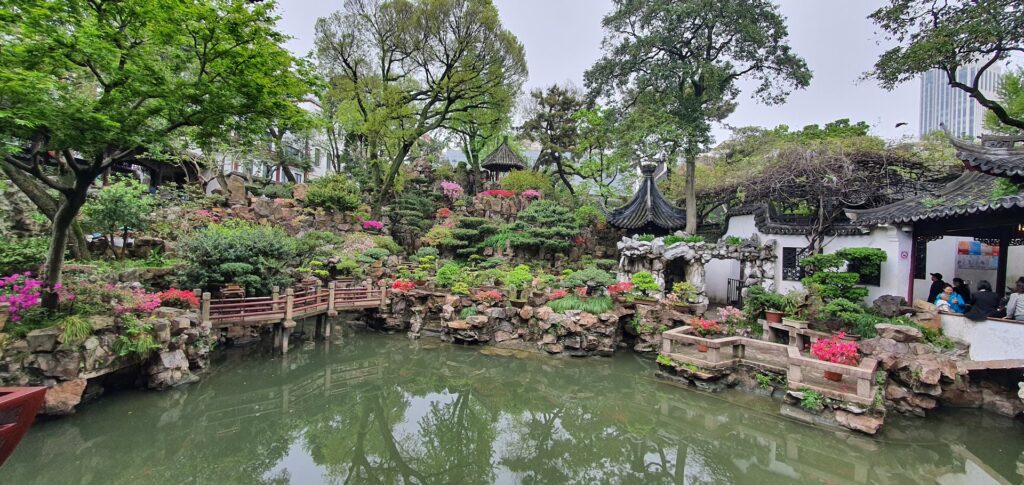
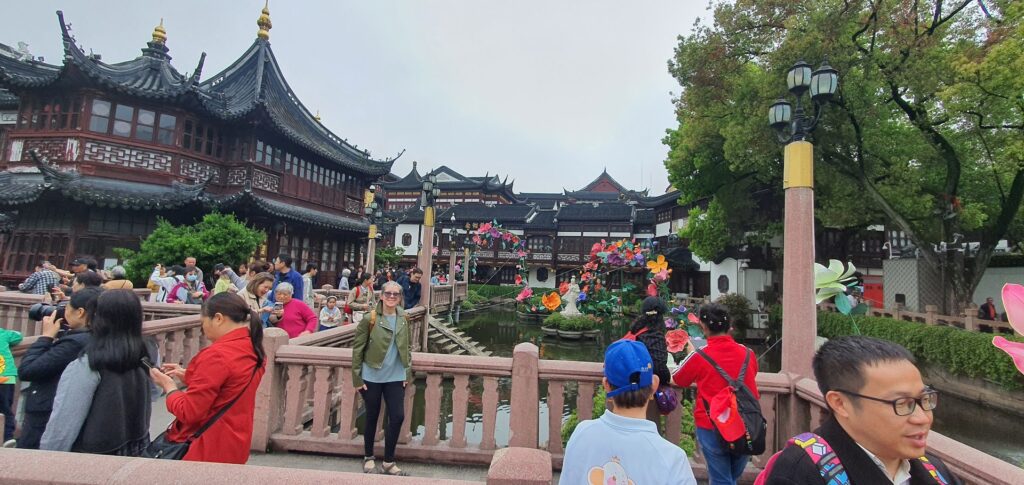
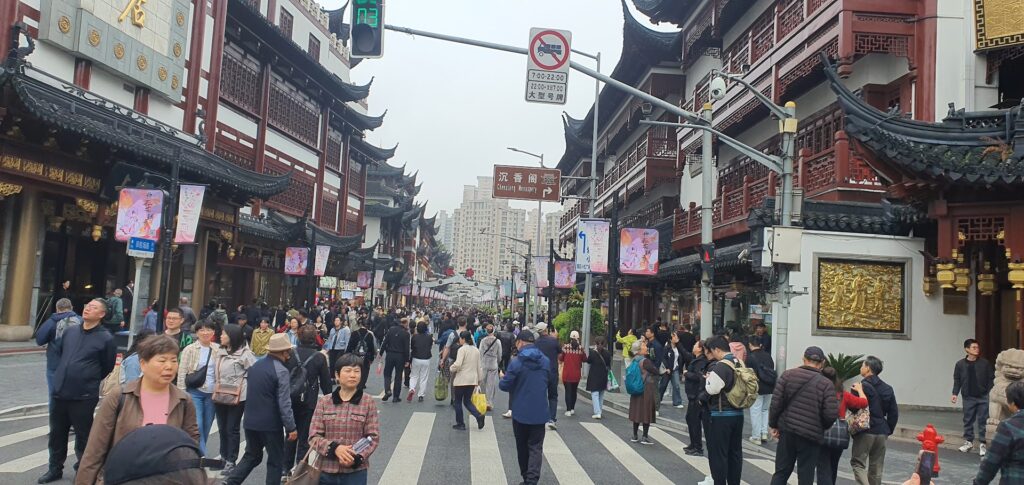
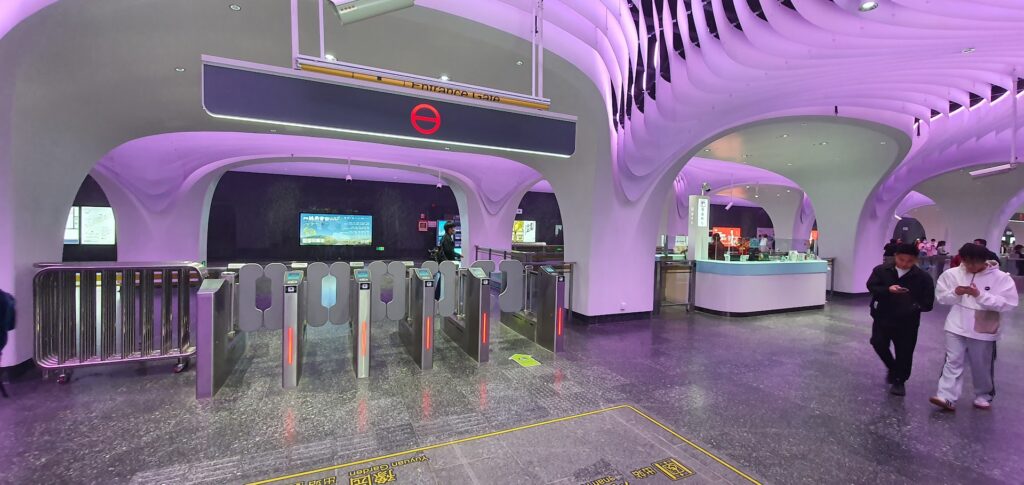
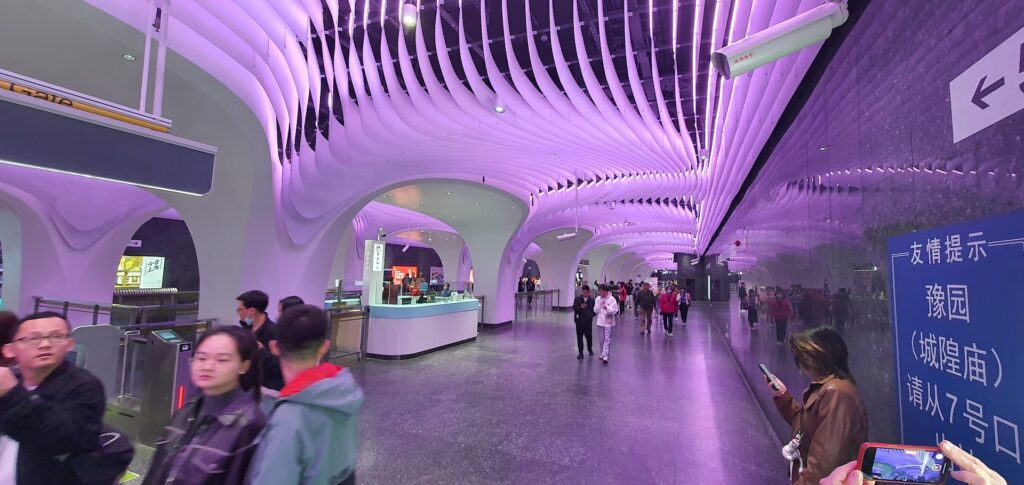
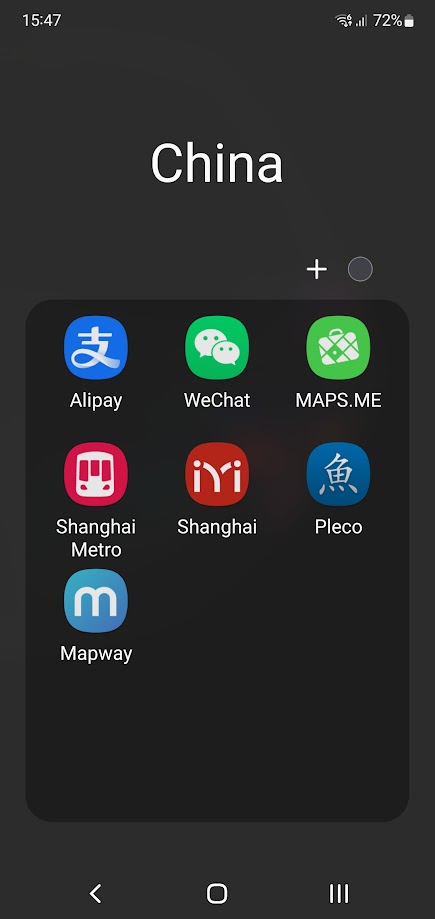
A Shanghai Recap: From Skyscrapers to Street Food
Our time in Shanghai was a whirlwind of exploration, from the towering skyscrapers of the new city center to the bustling streets of the old. We spent a lot of time walking around, and one of the highlights was taking a ferry across the river for a different perspective. The weather wasn’t ideal, but we still enjoyed wandering through the new district and admiring the impressive architecture.
We decided to skip the skyscraper observation decks due to the foggy weather, but we thoroughly enjoyed exploring the area and grabbing a delicious lunch in one of the many Western-style malls. Later, we hopped on Metro Line 2 and headed to the Shanghai Science & Technology Museum. The Century Park surrounding the museum is a lovely place to stroll, and we saw locals on rented some paddle boats and enjoyed the scenic lake views while trying an ice cream.
A must-visit for any shopper is the copy or fake market, located under the Science & Technology Museum station. This market is a treasure trove of counterfeit goods, from electronics to fashion accessories. The quality can vary, but it’s definitely a fun place to browse and haggle.
In the afternoon, we returned to our hotel area and discovered a cozy Aussie sports bar near the walking street. It was a great place to unwind and enjoy some cold drinks and a hearty meal while watching sports. We also tried a Japanese bar, but we preferred the laid-back atmosphere of the sports bar.
On our last day, we took it easy with a leisurely morning and a stroll around our neighborhood. For our farewell meal, we decided to try a local Chinese restaurant that we had seen frequented by locals. The menu was simple, with pictures to help us choose our dishes. The food was delicious and surprisingly affordable. We even tried deep-fried chicken feet, which were a unique (and slightly crunchy) experience!
Heading to the airport, we opted for the high-speed maglev train, a popular attraction in Shanghai. The journey is short but exhilarating, reaching speeds of up to 300 kilometers per hour. It’s a fantastic way to experience cutting-edge technology and arrive at the airport in style.
The airport itself was modern and efficient. We breezed through passport control and security, and had plenty of time to explore the terminal before our flight. Overall, our trip to Shanghai was unforgettable, filled with exciting adventures, delicious food, and friendly locals.
